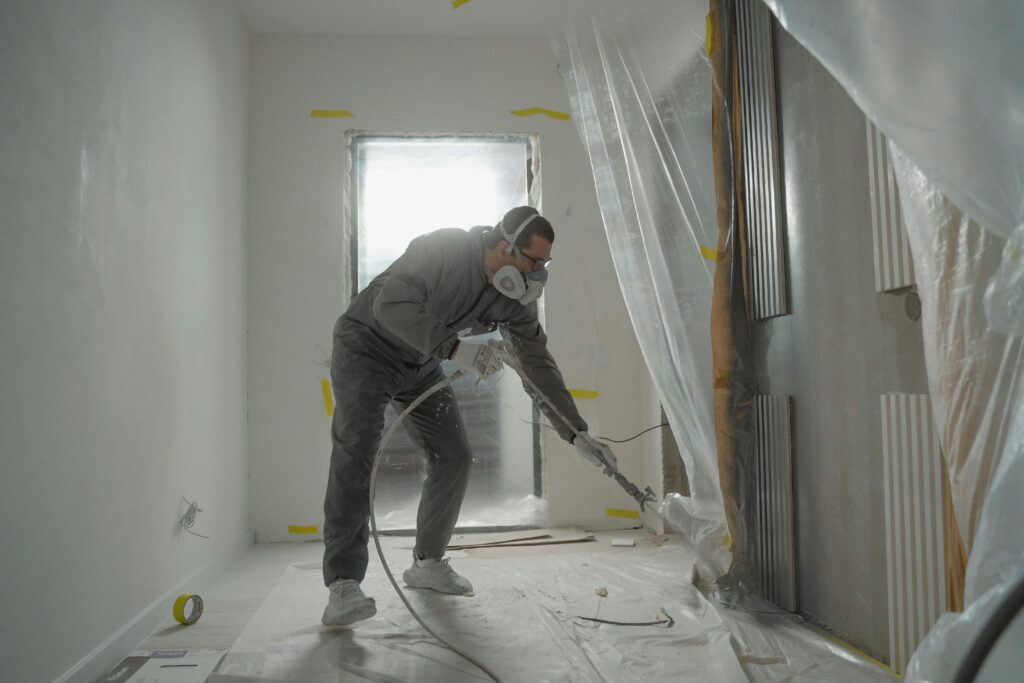Understanding Mold: Types and Causes
Mold is a type of fungus that thrives in damp environments, often found in homes where moisture is prevalent. Understanding the different types of mold, such as black mold, Aspergillus, and Cladosporium, can help homeowners identify potential threats and take appropriate action.
Each type of mold has its own characteristics and health implications. For instance, black mold is notorious for its toxic effects, while other molds may cause allergies or respiratory issues. Identifying the specific type of mold present in your home is crucial for effective remediation and ensuring a safe living environment.
Symptoms of Mold Exposure: Recognizing the Signs
Recognizing the symptoms of mold exposure is essential for protecting your family's health. Common signs include respiratory issues, skin irritations, and persistent coughing or sneezing. These symptoms can often be mistaken for allergies or other illnesses, making it important to investigate the presence of mold in your home.
If you or your family members experience unexplained health issues, especially in damp areas of the house, it may be time to conduct a mold inspection. Early detection and intervention can prevent more severe health problems and mitigate the costs associated with extensive mold damage.
Effective Mold Remediation Techniques
Mold remediation involves a series of steps designed to eliminate mold growth and prevent its recurrence. This process typically includes identifying the source of moisture, removing contaminated materials, and applying antimicrobial treatments to affected areas.
Professionals like 24 Hour Flood Fighters utilize specialized equipment and techniques to ensure thorough mold removal. It’s crucial to follow up with preventive measures such as improving ventilation and controlling humidity levels to maintain a mold-free environment in your home.
Preventing Mold Growth: Tips for Homeowners
Preventing mold growth is essential for maintaining a healthy home environment. Simple strategies include keeping indoor humidity levels below 50%, using dehumidifiers in damp areas, and ensuring proper ventilation in bathrooms and kitchens.
Regularly inspecting your home for leaks, water damage, and signs of mold can help catch problems early. Additionally, addressing any water issues promptly and conducting routine maintenance can significantly reduce the risk of mold growth and the associated health risks.

